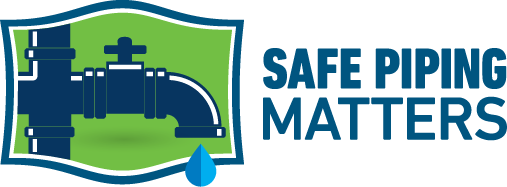The Rise and Fall of Lead Piping: A Brief History
Lead piping was used in almost every major U.S. city for many plumbing applications in 1900, including to transport drinking water. Millions of lead pipes are still in in use across the country. As demonstrated by serious lead-in-water incidents in Flint, Michigan; Milwaukee, Wisconsin; Newark, New Jersey and many other communities, these pipes can present a threat to health.
Rejecting Lead
While it’s been well-known since Roman times that lead could cause sickness, the material was not classified as a serious neurotoxin until the mid-1900s, when a research study concluded lead exposure caused irreparable brain damage, especially for children and babies. By the 1930s, copper supplanted lead as the preferred piping material thanks to its longevity, durability, and safety. It took 50 years, however, before lead piping would be banned in 1986.
The Environmental Protection Agency (EPA) implemented the Lead and Copper Rule to regulate how much lead and copper drinking water could contain. The agency set the limit for lead at 15 parts-per-billion (ppb) to protect public health. By contrast, they deemed copper much safer, setting the limit at 1,300 ppb. Its most recent revisions include the Lead and Copper Rule Improvements, which push for the following changes:
- Requiring each water system to take an inventory of existing lead pipes;
- Make testing requirements more stringent;
- Reduce the level of actionable lead in water to 10 ppb;
- Increase water systems’ responsibiility for keeping communities informed; and
- Push for all lead pipes to be replaced within 10 years.
Lead’s Toxic Legacy
While communities work to correct the mistakes of the past, it poses an intriguing question: Did engineers and builders realize the impact they were having by installing toxic lead piping? Is it possible we may make the same mistake again by installing piping materials that we don’t fully understand or aren’t fully studied?
